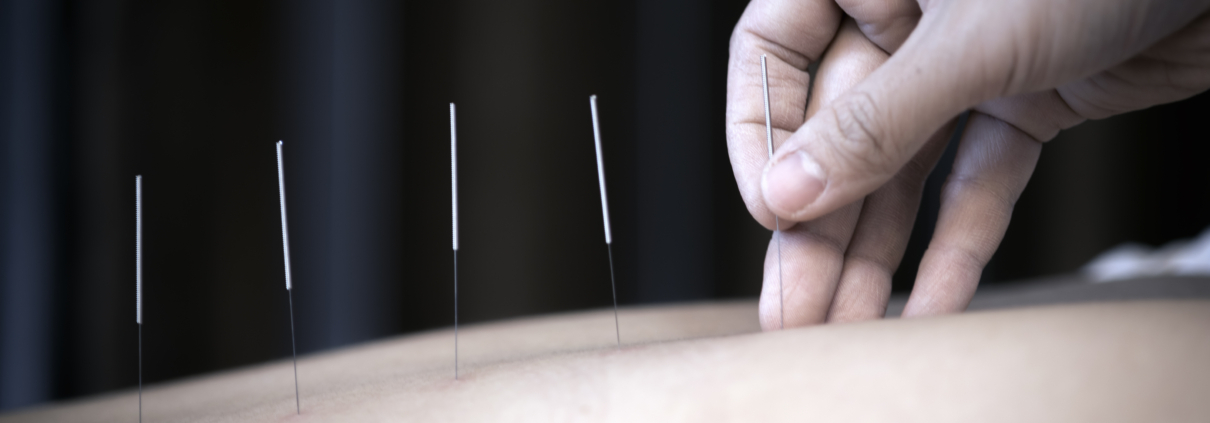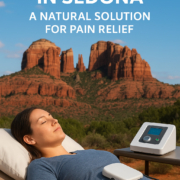Dry Needling Treatments, Benefits, Process & What to Expect
If you’ve been struggling with muscle pain, tightness, or injuries that just won’t heal, you may have heard about dry needling treatments. This increasingly popular therapy is being used by physical therapists and chiropractors to relieve pain, improve mobility, and accelerate healing without the need for medication or surgery.
We’ll break down everything you need to know about dry needling treatments: what they are, how they work, what the process looks like, and the benefits you can expect. Whether you’re dealing with chronic pain or recovering from an injury, dry needling treatments may be the game-changing solution you’ve been looking for.
What Are Dry Needling Treatments?
Dry needling treatments involve the insertion of very thin, sterile needles into specific trigger points in your muscles. These trigger points are often referred to as “knots” tight bands of muscle that can cause pain or limit movement. Despite the use of needles, dry needling treatments are not the same as acupuncture. While acupuncture is based on traditional Chinese medicine, dry needling is grounded in Western anatomical and neurophysiological principles.
The term “dry” refers to the fact that no medication is injected through the needle. Instead, the act of inserting the needle itself triggers a healing response in the body. The goal is to reduce muscle tension, decrease pain, and restore function.
How Do Dry Needling Treatments Work?
When a needle is inserted into a trigger point, it causes a tiny lesion in the tissue. This stimulates blood flow, reduces inflammation, and encourages the body to send natural healing chemicals to the area. Patients often feel a twitch response, an involuntary contraction of the muscle, which is a good sign that the therapy is working.
Here’s what’s happening beneath the surface:
- Release of muscle tension: The needle interrupts the pain cycle by relaxing tight muscle fibers.
- Improved circulation: Increased blood flow brings oxygen and nutrients to the area, promoting healing.
- Neurological effects: The therapy can help reset nerve signals that contribute to chronic pain.
- Decreased chemical irritation: Trigger points can produce chemicals that irritate nerves. Dry needling treatments help flush these irritants out.
What Conditions Can Be Treated with Dry Needling Treatments?
Dry needling treatments can be highly effective for a wide range of musculoskeletal conditions, including:
- Back and neck pain
- Shoulder injuries and rotator cuff issues
- Sciatica
- Tennis elbow and golfer’s elbow
- Plantar fasciitis
- Headaches and migraines
- Hip and glute pain
- Myofascial pain syndrome
- Sports injuries
- Post-surgical muscle tightness
Even if your condition isn’t on this list, your provider may still recommend dry needling treatments as part of a comprehensive recovery plan.
What to Expect During a Dry Needling Treatment Session
Your first session will usually begin with a full assessment of your pain, mobility, and muscle condition. Based on this evaluation, the provider will identify the trigger points that need to be addressed.
Here’s what you can expect step-by-step:
- Positioning: You’ll be asked to lie or sit in a comfortable position depending on the area being treated.
- Needling: The therapist will insert the needle directly into the targeted muscle. You may feel a brief pinch, followed by a twitch or ache.
- Stimulation: In some cases, the therapist may move the needle slightly to enhance the treatment’s effect.
- Duration: Needles may remain in the muscle for just a few seconds or up to 10–15 minutes.
- Aftercare: You may feel soreness or a dull ache in the treated area for 24-48 hours. This is a normal part of the healing process.
Most people tolerate dry needling treatments very well, and side effects are minimal. Always make sure your provider is licensed and trained in the technique to ensure safe and effective results.
Key Benefits of Dry Needling Treatments
Many patients experience noticeable improvements even after just one or two sessions. The key benefits of dry needling treatments include:
- Pain relief: One of the most immediate effects is a reduction in both acute and chronic pain.
- Increased mobility: By releasing tight muscles, you’ll notice improved range of motion.
- Faster healing: The microtrauma caused by the needle jumpstarts the body’s natural healing process.
- Reduced need for pain medication: Many patients are able to decrease or eliminate their use of NSAIDs or opioids.
- Complementary care: Dry needling treatments work well alongside other therapies such as chiropractic care, massage, or physical therapy.
Who Should Consider Dry Needling Treatments?
If you’ve tried other treatments with limited success, dry needling treatments could offer a fresh approach. It’s especially effective for athletes, people with repetitive strain injuries, and anyone dealing with chronic muscle tension or postural imbalances.
However, this treatment may not be suitable for everyone. Pregnant women, individuals with needle phobias, or those with certain medical conditions should consult their healthcare provider before undergoing dry needling treatments.
Final Thoughts
Dry needling treatments offer a safe, natural, and effective way to manage pain and improve physical function. Whether you’re an athlete recovering from an injury or someone suffering from daily muscle tension, this therapy can help get you back to living your life fully and pain-free.
At Sedona Spine, we’re proud to offer expert dry needling treatments tailored to your individual needs. Our experienced team is here to guide you through every step of your healing journey. If you’re ready to explore how this innovative therapy can help, contact us today to schedule your consultation.











Leave a Reply
Want to join the discussion?Feel free to contribute!